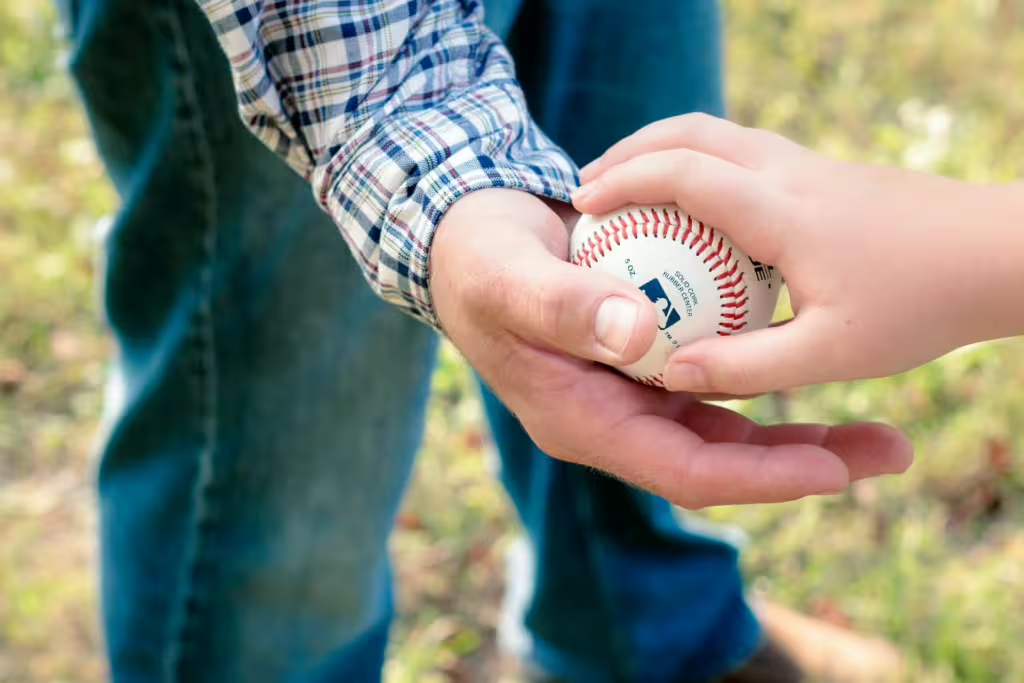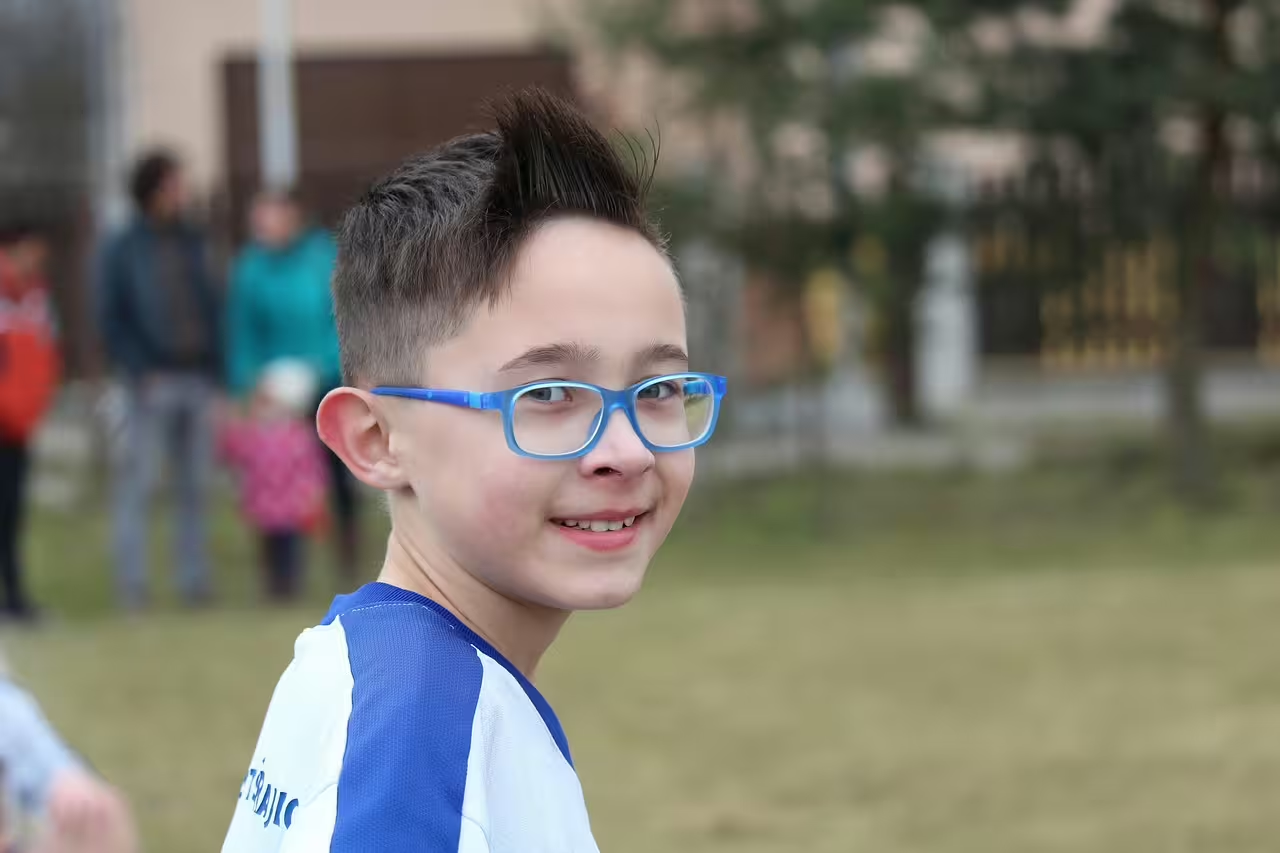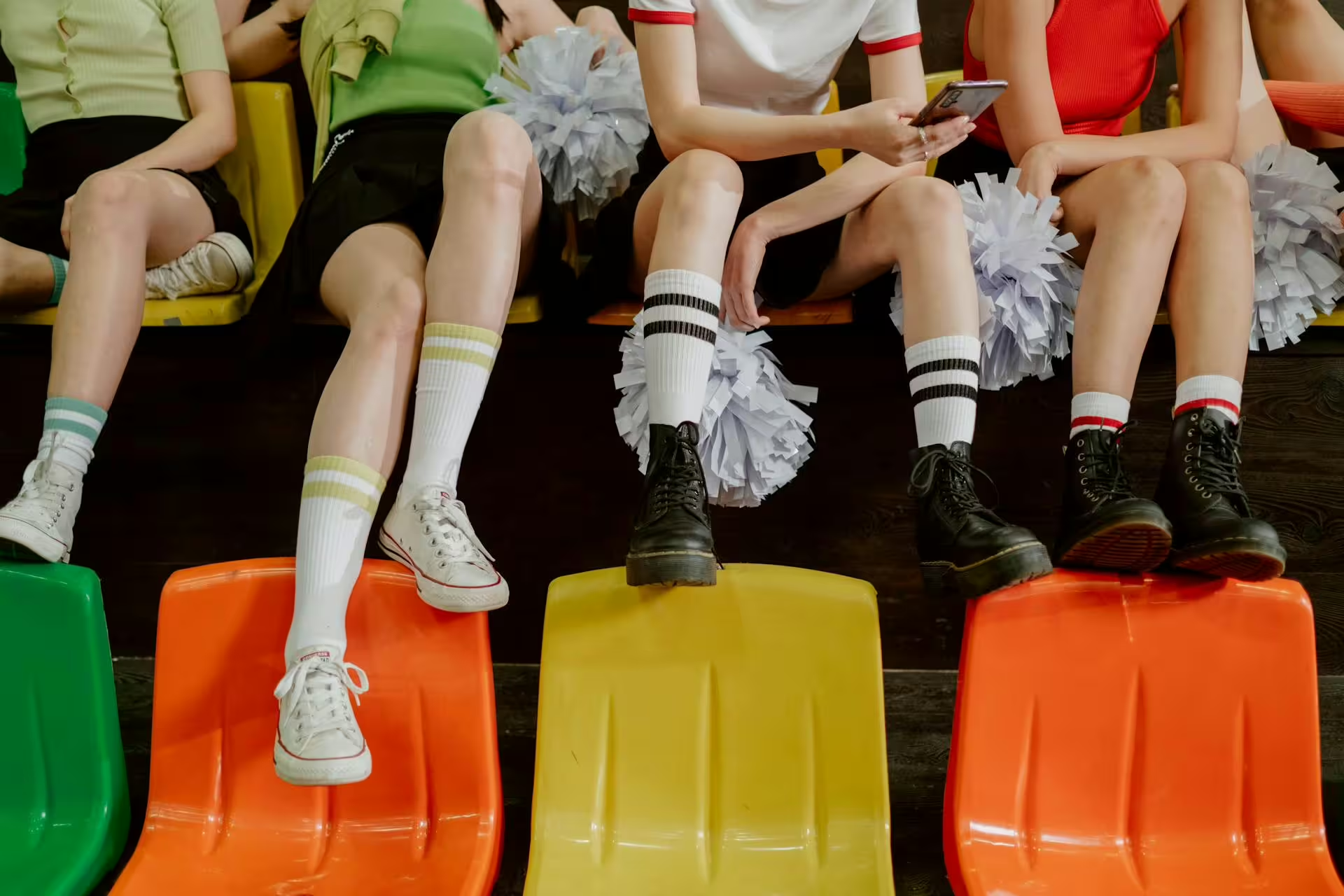For most kids, joining their first sports team is something of a rite of passage. Even if that child doesn’t end up becoming one of those sporty kids, the experience of playing a youth sports is often enough to instill positive memories and attributes. Sports are tried and true ways for kids to make friends, stay active, and build life skills. Then again, not every child has the same experience in youth sports.
For those children that have sensory processing differences or difficulties, traditional sports programs can often feel overwhelming. The added pressure from loud whistles, bright lights, scratchy uniforms, unpredictable movements, and crowds can be a real deal-breaker for kids with autism, ADHD, or other neurodivergent conditions.
It is for those reasons and more that we have decided to offer parents and particularly sensitive kids, a way that they can enjoy sports to the fullest. In the modern age, sensory-friendly sports programs are becoming more and more common. Such programs are designed to help all children to experience the joy of physical activity without unnecessary sensory overload. In most cases, this is accomplished by way of certain adjustments to the sports environment, coaching methods, and expectations.
In this article, we will help guide parents towards the right sensory-friendly sports programs in their area. We will go over what these programs offer, why they matter, and where parents can go to find them. We’ll also highlight specific organizations and resources that may help parents to begin their child’s sports journey.
What Are Sensory-Friendly Sports Programs?
To start, we should probably go over what makes a sports program particularly sensory-friendly. These types of sports are designed to support children who may find typical sports environments challenging or frightening. Such programs take the sensory needs and comfort levels of participants into account, creating spaces where kids of all kinds can develop their athletic skills.
Alterations from traditional sports modalities will vary, of course, but most sensory-friendly sports include a few key features. For instance, many are modified so that the equipment itself is softer, lighter, or more comfortable. The rules and routines may be changed and may have been modified so that competition is minimal and success is judged only on the effort a child puts in. These sports might involve fewer loud noises, less shouting, and no whistles.
In addition, sensory-friendly sports might have fewer players and a smaller coach-to-child ratio. Children might be given extra time on breaks or quiet spaces where they can regroup when things get to overwhelming. Most importantly of all, the coaches are likely trained to deal with special needs. This means they are more adept at supporting children with autism, ADHD, or sensory challenges.
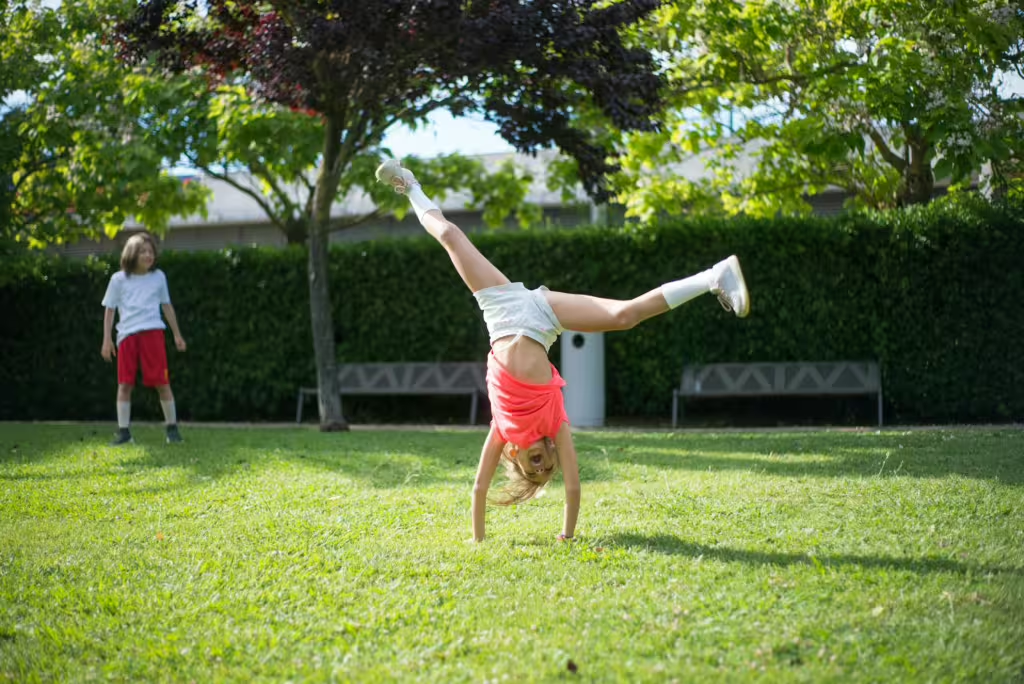
What Are Some Sensory-Friendly Sports Programs?
In the section below, we have put together a few of the most well-known and trusted sensory-friendly sports programs available in the United States today. Many of these options have local chapters, as well, so if one of them interest you or your child, be sure to check online to see if they have a chapter in your area.
TOPSoccer (The Outreach Program for Soccer)
We have talked about TOPSoccer in other articles and it is an exceptionally useful program in this regard as well. TOPSoccer is a community-based soccer program that has been specifically designed for children with disabilities, including those with sensory processing challenges. The focus, as will be the case with most of the programs we suggest in the coming list, is on inclusion, fun, and friendship, rather than competition.
TOPSoccer players are paired up with “buddies” who help guide them as they play. In the same way, the coaches and teaching staff are well-versed in many different areas of disability. They are gentle, consistent, and support learning with visual aids and hand-son experience. Kids with sensory issues can even take a “sensory break” during practice, as those breaks are built into the teaching modality.
Where to find it:
TOPSoccer has programs nationwide so just check this TOPSoccer Link to find a chapter in your region.
Special Olympics Young Athletes Program
For those with an eye to a multitude of sports, there is the Young Athletes Program, a part of the Special Olympics. This program is meant for children between the ages of 2 and 7 years old. Like most Special Olympics programs, this one introduces basic sports to young kids in a playful, inclusive way. The program is primarily designed for children with intellectual and developmental disabilities but that only makes it perfectly-suited for kids with sensory challenges.
In this program, kids are introduced to sports with minimal loud noises and no competitive pressure. They are allowed to play with soft, colorful equipment, and are even encouraged to invite their parents to participate; for an added level of comfort. Meanwhile, the main activities of the program are centered mainly on gross motor development and play-based learning, not just winning games.
Where to find it:
Visit the Special Olympics website and search for Young Athletes. Remember, programs are held worldwide.
Miracle League Baseball
Even children with sensory issues might be inclined to try baseball at one point. Unfortunately, like many organized team sports, the usual baseball game can be a loud, competitive, crowded affair. This is where the Miracle League comes in. This organization provides a non-competitive baseball experience for kids with disabilities, including those with restrictive sensory needs.
Among its myriad accommodations to those with special needs, many Miracle League fields feature soft, rubberized surfaces to prevent injuries. The games are also modified to accomodate each and every player, regardless of their difficulties. This includes the rules, which are flexible, to help reduce anxiety. Loud cheering and loudspeaker announcements are prohibited and scores are all-but-nonexistent. The point is to have fun, after all!
Where to find it:
Baseball parents will be delighted to hear that there are over 300 Miracle League programs in the U.S. All you need to do is visit the Miracle League website to learn more about one in your area.
Swim Angelfish: Adaptive Swim Lessons
At Cultured Athlete, we believe that swimming is one of the most important skills a child can learn. Swim Angelfish is the perfect resource for parents who wish to get their child swim lessons and who might be concerned about sensory problems arising. This organization offers adaptive swim lessons, specifically tailored for kids with special needs, such as sensory sensitivities, autism, anxiety, and physical challenges.
Swim Angelfish instructors are certified and are quite used to working with neurodivergent pupils. The lessons taught on their premises are meant to emphasize calm, water safety, and body awareness. The groups tend to be small, which enables the instructors to give each student the proper amount of attention and minimizes the already ample sensory overload that can happen in a semi-public pool.
Where to find it:
Swim Angelfish offers programs at various pools and also trains instructors all across the United States. Parents who are intrrested in getting their child swim lessons of this type can visit the Swim Angelfish site for more details.
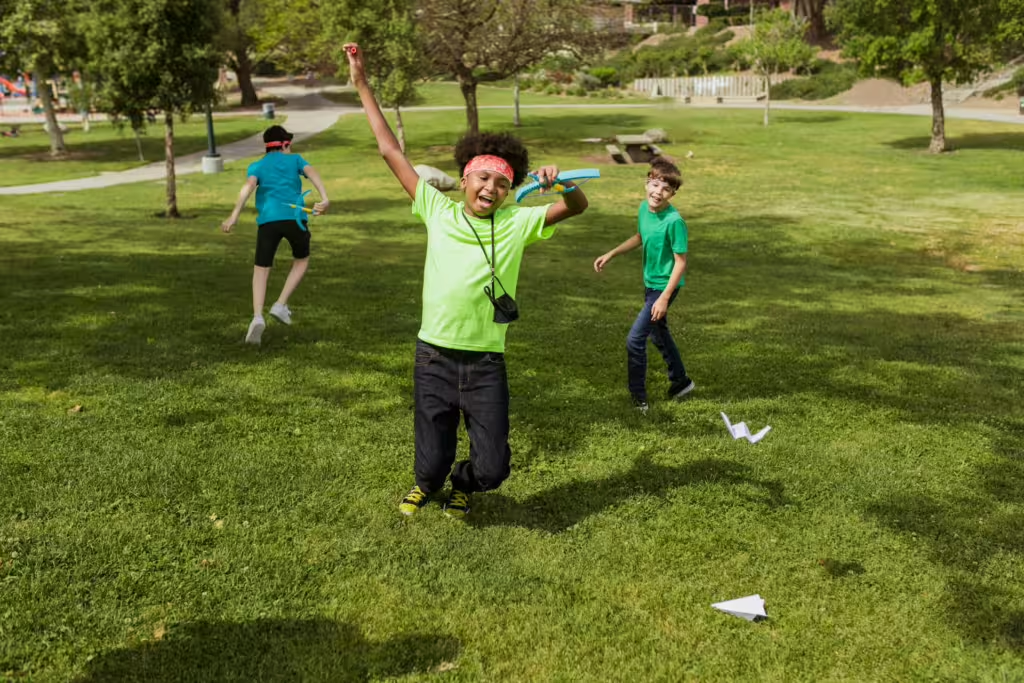
Autism-Friendly Martial Arts Programs
Martial arts are often touted as a great sport for children with special needs, and for good reason. After all, it has been proven that martial arts help kids to develop focus, balance, and confidence. That said, some busy dojos might be a bit too loud or even too rigid for some children. Fortunately, autism awareness has meant that more than a few autism-friendly martial arts classes have been popping up across the country in recent years.
Autism-friendly martial arts feature smaller classes, more predictable routines, lessons and forms that easier to understand, and a renewed emphasis on self-regulation and mindfulness. These dojos have instructors on staff that understand the need for calm and understanding.
Where to find it:
If you aren’t sure where to fins one of these dojos, you might try simple asking around at your local martial arts studio. Ask if they themselves offer sensory-friendly or adaptive classes, and if they don’t, ask them to point you in the right direction.
How Parents Can Choose the Right Program
In all of this, try to remember that every child is different. What works for one kid in sports may not work for another—and that includes sports held in sensory-friendly setting and with sensory-friendly practices. The first thing to consider is your own child; their sensitivities, their limitations, and how they respond to everything from visual cues, to loud noises, to the feeling of their bare feet on a tile floor. You will know best what they can handle and what might strain them, so tread with care wherever you go.
Additionally, make sure whatever program you choose has some trained staff on board. Don’t be afraid to ask about procedures, accommodations, or even lesson plans. The more you know from the get-go, the better prepared you will be for the eventual first day and the eventual first meltdown. Finally, be sure to tour the facility or give your child a practice run before signing on. They may like it, they may loathe it; but you’ll never know until you try.
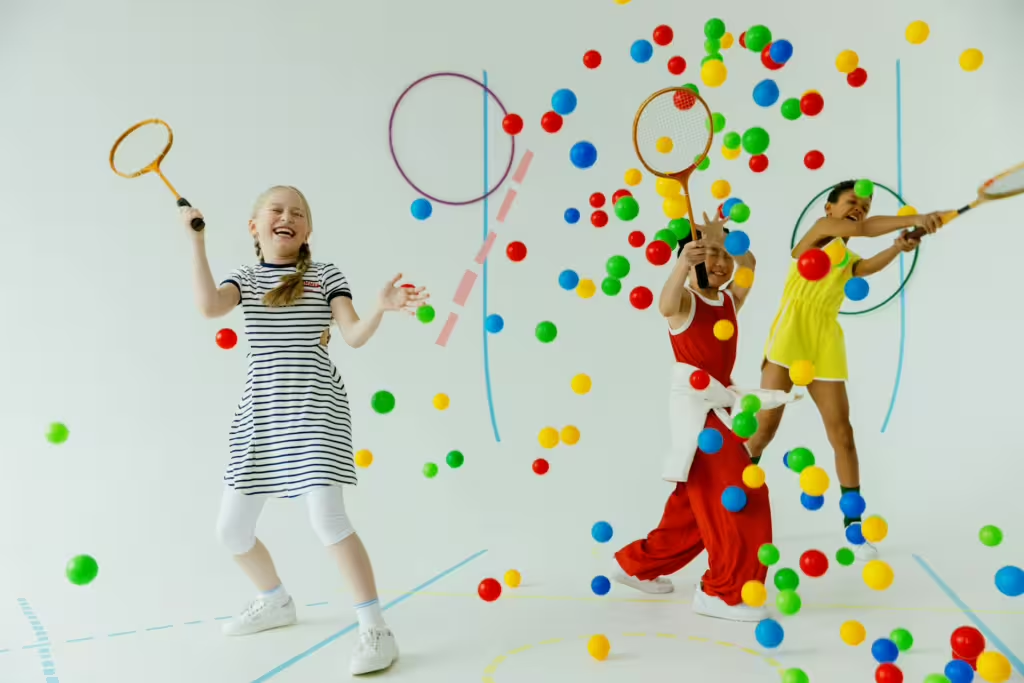
Cultured Athlete Says…
As you can see, there are more than a few sensory-friendly sports programs out there in the world. These programs do more than teach children the basics of how to kick a ball or swim a lap, they provide children with a valuable outlet for their energy, a pathway towards inclusion, and often lifelong friendships.
Moreover, kids that have been sidelined in traditional programs, find life-changing opportunities within these programs. At Cultured Athlete, we believe that every child deserves a chance to play, grow, and feel included—no matter what their sensory difficulties may be. Now that you have the tools to aid them in their sports journey, we hope that many parents will avail themselves of such programs, thereby putting their children on the path to success.
Discover more from CulturedAthlete
Subscribe to get the latest posts sent to your email.

